Table of Contents
You see them posting vacation selfies two days after the breakup. They’re back at the gym, chatting easily with friends, even dating someone new within weeks. And you wonder: were they ever really in it? Did it mean anything at all?
This is often the story of the avoidantly attached partner. They seem fine. Better than fine, even—like they dodged a bullet. But what you don’t see is what happens later, when the silence catches up, and the carefully constructed emotional wall begins to crack. The truth is: they didn’t skip the pain. They just postponed it.
Why avoidants seem emotionally unaffected right after a breakup
For those with avoidant attachment styles, emotional distance is a survival tool. It’s not that they don’t feel—it’s that they’ve learned, often early in life, that feelings aren’t safe or welcome. So they develop a strategy: suppress, disconnect, move on.
After a breakup, this strategy kicks in hard. Avoidants disengage quickly, often throwing themselves into work, hobbies, or even new relationships. On the surface, it looks like resilience. But research shows it’s more like emotional anesthesia. They aren’t processing the breakup—they’re pushing it away. In a 2003 study by Davis and later reinforced by Brassard and Lussier in 2023, avoidant individuals consistently reported lower distress immediately after breakups. But that calm is deceptive. It’s not peace. It’s suppression.

The delayed fallout of an avoidant attachment breakup
The problem with numbing is that it doesn’t make the pain disappear—it just delays it. Emotions don’t evaporate; they wait. And for avoidants, the crash often comes months down the line.
When the distractions fade and the initial relief wears off, suppressed grief and confusion begin to surface. Brassard and Lussier found that three months post-breakup, avoidant individuals often reported heightened levels of depression and anxiety. The very strategies that helped them avoid short-term pain—emotional avoidance, disengagement, lack of support-seeking—left them vulnerable to long-term distress.

Why Breakups Hurt So Much (Science of Heartbreak & Healing)
Let’s examine breakups in: Biology of love & loss, Attachment styles, Rejection psychology, Closure, Rumination, Grief
Tap here to read more →It’s not that they didn’t care. It’s that they couldn’t allow themselves to feel it when it happened.
Why avoidants rarely grow from breakups
There’s another, quieter cost: missed growth. Breakups, painful as they are, can be powerful catalysts for self-reflection and emotional development. But avoidantly attached people tend to skip that step. Their instinct is to move on without looking back.
Studies show they ruminate less, rebound less, and introspect less. That might sound like a win—but it means they’re also less likely to understand what went wrong, to learn about themselves, or to make different choices in the future. As Brassard noted in a 2012 study, avoidants may endure a breakup, but they don’t often evolve from it. They survive. They don’t transform.

Understanding the avoidant attachment breakup timeline isn’t about judgment. It’s about clarity—especially if you’re watching someone you loved seem unaffected, or if you’re that person yourself, wondering why the sadness showed up late. Breakups are never simple. But when we know the shape of our own attachment wounds, we can begin to heal on purpose, not just with time.
FAQ
Q1. Why do avoidantly attached people seem fine right after a breakup?
Avoidant attachment breakup strategies often use emotional suppression and distancing. That initial calm is not true resilience but a defense mechanism masking the pain.
Q2. When do avoidantly attached individuals typically start feeling the emotional fallout?
Emotional distress often surfaces around 2–3 months post-breakup, when the initial distraction and defense mechanisms wear off and suppressed grief begins to rise.
Q3. Does having an avoidant attachment style affect personal growth after a breakup?
Yes. People with avoidant attachment breakup patterns tend to ruminate, introspect, and rebound less, which limits opportunities for self-reflection and emotional growth.
Q4. How can someone with avoidant attachment cope more healthily after a breakup?
Building awareness of avoidant attachment breakup tendencies, seeking emotional support, and practicing processing techniques (like journaling or therapy) can help prevent delayed crashes and foster long-term healing.
Scientific Sources
-
Brassard, L. & Lussier, Y. (2023): Attachment and Breakup Distress: The Mediating Role of Coping Strategies
Key Finding: Pre-breakup attachment avoidance predicted lower short-term distress (1 month), yet higher depression/anxiety at 3 months post-breakup—mediated by avoidance coping and lower accommodation coping.
Why Relevant: Highlights how avoidant individuals seem fine initially (“crash later”) due to coping style, mirroring your blog title’s pattern.
https://www.ncbi.nlm.nih.gov/pmc/articles/PMC10727987/ -
Davis, K. (2003): Physical, Emotional, and Behavioral Reactions to Breaking Up
Key Finding: Avoidant attachment was weakly or negatively linked to immediate distress but strongly linked to positive behavioral distancing, indicating suppression rather than resolution.
Why Relevant: Demonstrates avoidants’ tendency to mask distress immediately after breakup, supporting the ‘seem fine’ phenomenon.
https://adultattachment.faculty.ucdavis.edu/wp-content/uploads/sites/66/2015/09/Davis_2003_Physical-emotional-and-behavioral-reactions-to-breaking-up.pdf -
Brassard, L. (2012): Attachment Styles and Personal Growth following Romantic Breakups
Key Finding: Avoidantly attached individuals reported lower distress but also less personal growth post-breakup, mediated by lower rumination and rebound tendencies.
Why Relevant: Shows that avoidants’ initial steadiness may cost long-term adaptation—crash in growth aligns with your theme.
https://www.ncbi.nlm.nih.gov/pmc/articles/PMC3774645/
- Attachment Wounds Explained: Powerful Ways to Start Healing After Heartbreak

- Powerful Healing: Changing Your Attachment Style After a Breakup

- The Painful Truth About Your Ex’s Attachment Style (and Why You Still Feel Haunted)

- The Powerful Link Between Attachment Style and Healing After a Breakup
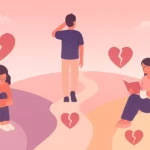
- Secure Attachment Breakup Recovery: The Surprisingly Peaceful Grief Style

- Disorganized Attachment Breakup: Surviving the Push-Pull Grief Storm
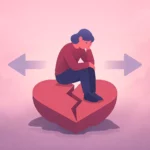
- Avoidant Attachment Breakup: The Surprising Crash After Calm
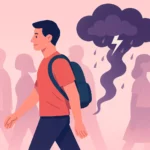
- Anxious Attachment After Breakup: Why You Spiral and How to Heal

- Attachment Style and Breakups: Discover the Powerful Science Behind Why It Hurts
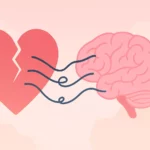
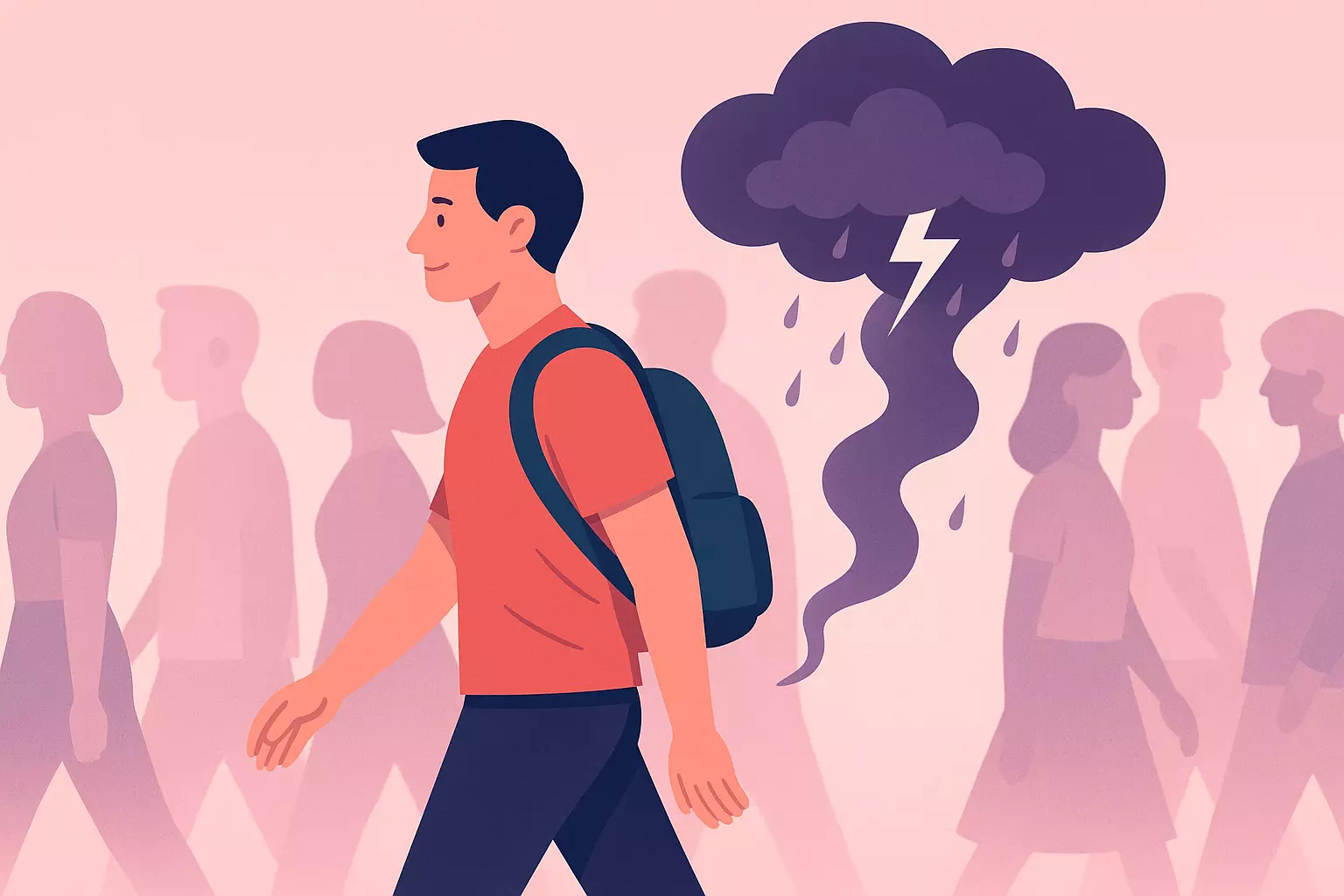
Leave a Reply